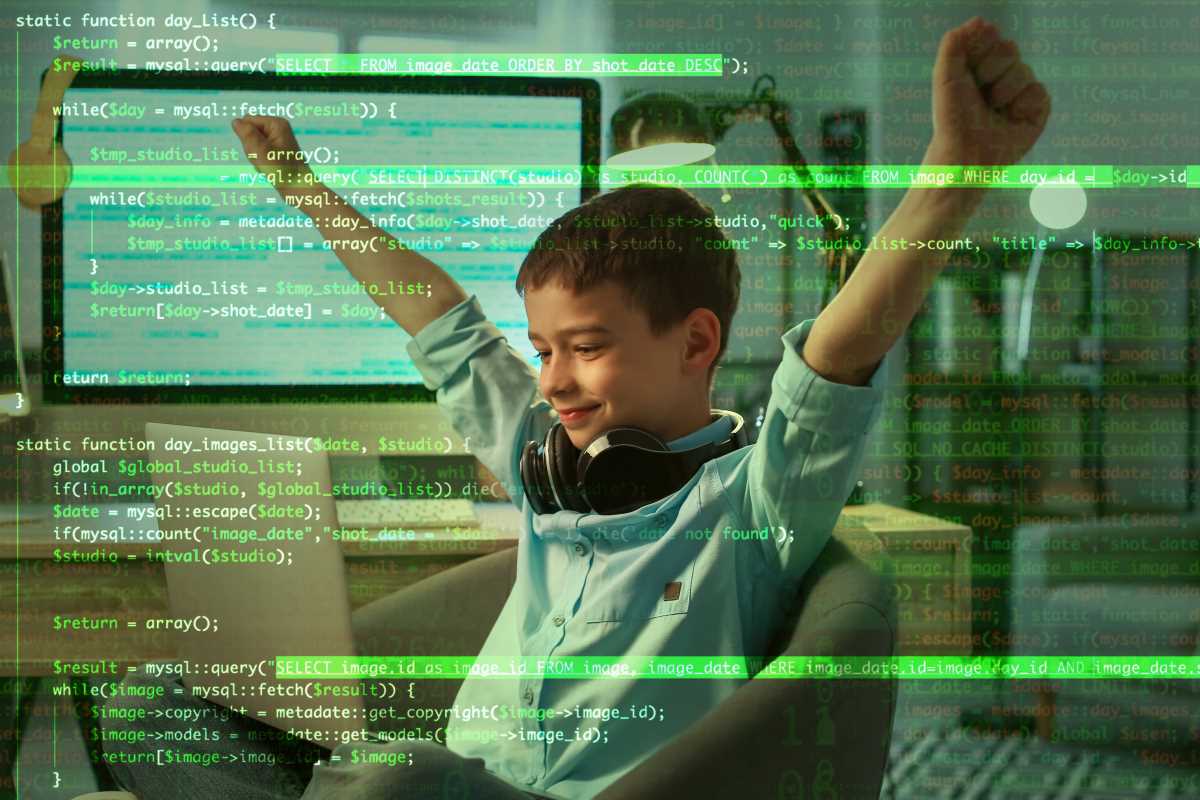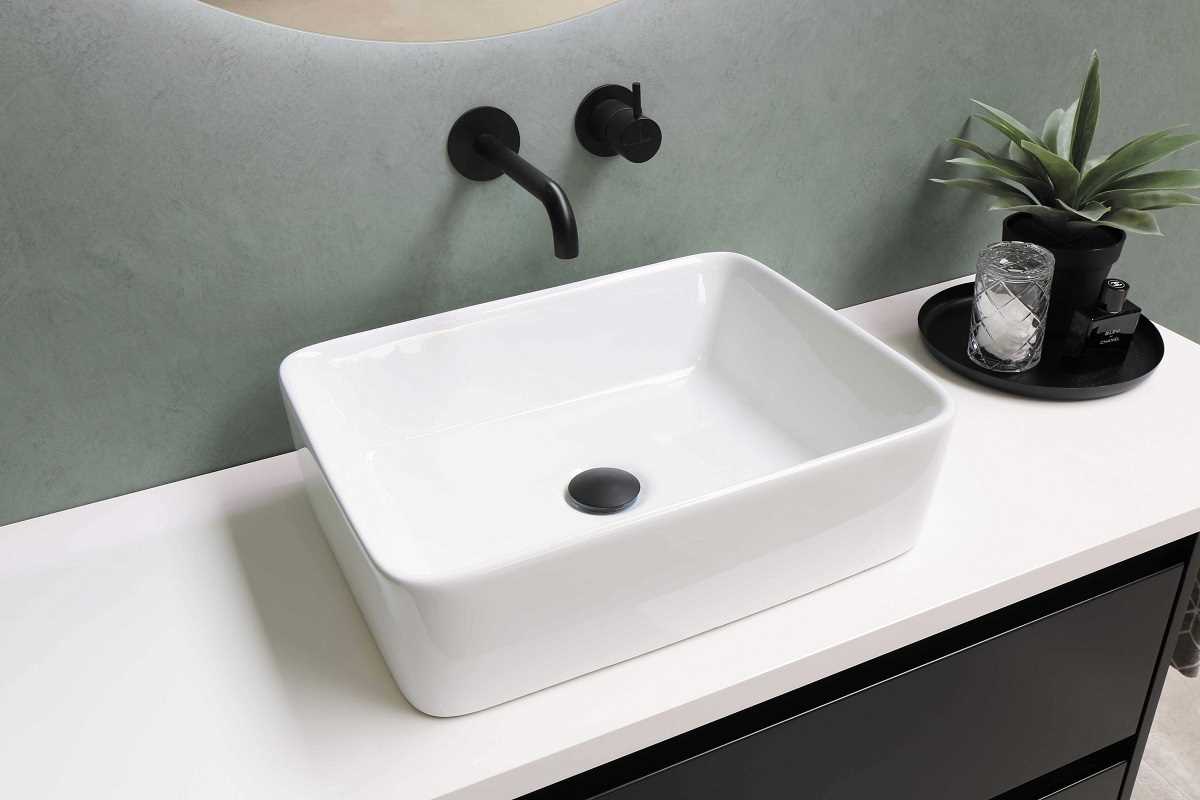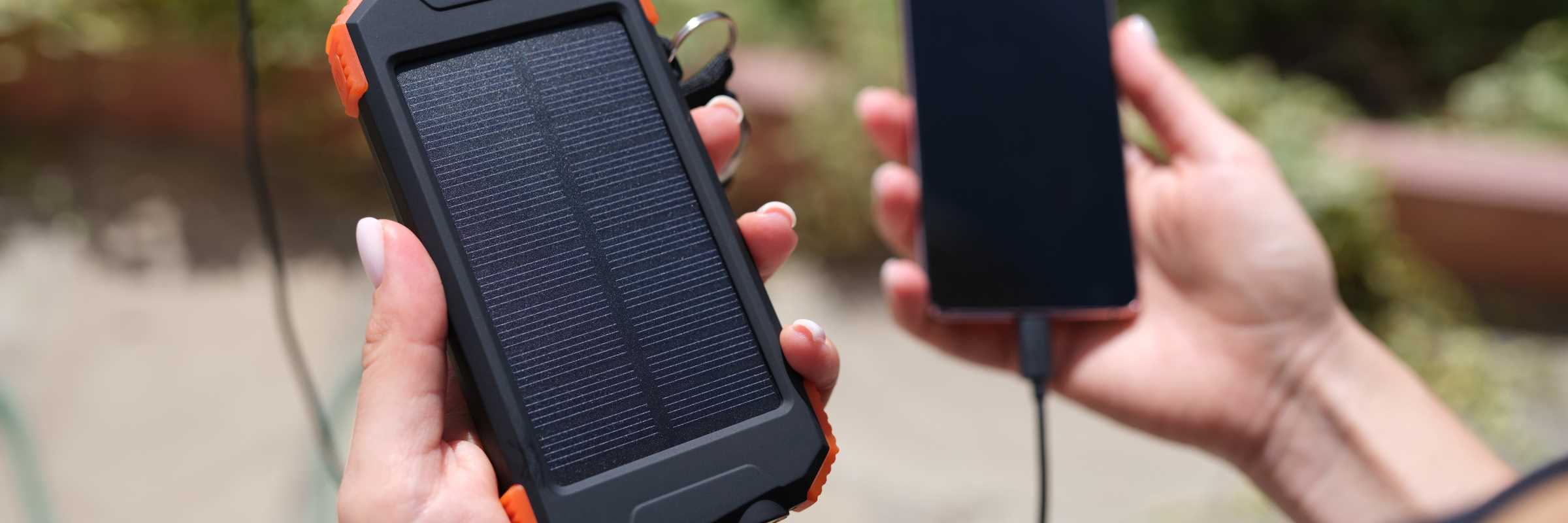Teaching kids to code doesn’t have to be an intimidating experience. If your child is a preschooler curious about patterns or a teenager eager to dive into advanced coding challenges, there’s a variety of tools available to support their learning journey at home. Coding combines creativity, problem-solving, and logic, equipping children with essential skills for the future. These skills go beyond technology. They foster independent thinking, resilience, and teamwork.
With numerous age-appropriate platforms available, you can find tools tailored to younger kids just starting or older learners looking to deepen their knowledge. We’ve compiled a list of some of the best resources for teaching kids coding at home. Each tool demonstrates a unique way of engaging kids in this exciting world, and we’ve included details on age ranges and standout features to make choosing the right one even more effortless.
Code with Google
- Recommended Age: 9+
This platform offers a free computer science curriculum and is perfect for middle to high school students who are serious about getting into coding. Supported by Google, it emphasizes accessibility and offers structured lessons for use at home or in classrooms.
Key Features:
- Free access to all lessons and materials.
- Interactive projects that teach real-world applications of programming concepts.
- Core computer science topics with integration into other subjects like art and math.
- Step-by-step curriculum, making it easy to follow at any skill level.
For older kids looking to explore programming, this resource is invaluable.
Blockly Games
- Recommended Age: 8-14
Blockly Games introduces kids to coding fundamentals through drag-and-drop challenges. Its game-like interface makes it ideal for children with no coding experience who want to learn basic concepts step by step.
Key Features:
- Focuses on teaching loops, conditionals, and variables through fun puzzles.
- Encourages self-paced learning with increasing difficulty levels in each game.
- Features games like Turtle (loop creation) and Pond (intro to JavaScript coding).
- Completely free and open source.
Kids can switch to more advanced programming languages once they’ve completed these games.
Scratch Jr. and Scratch
Recommended Age: Scratch Jr. 4-7 and Scratch 7-16
One of the most popular coding platforms, Scratch, simplifies programming with drag-and-drop blocks while providing a creative outlet. Kids can make games, animations, and interactive stories within an engaging, collaborative community. What’s even more impressive about Scratch Jr. and Scratch is that MIT’s media lab developed them to teach kids how to code.
Key Features:
- Intuitive block programming interface for easy learning.
- A vast online community where kids can share and explore projects.
- Translated into 70+ languages.
- Completely free to use.
Scratch is an excellent choice for developing both technical skills and creativity.
Kodable
- Recommended Age: 4-10
Kodable offers a comprehensive introduction to coding for younger children. Lessons focus on early learning through interactive games, and children can also create their own levels as they advance.
Key Features:
- Separate modules for different age groups (K-2, 3-5, and 7-10).
- Teaches basics like sequencing and debugging in a story-based format.
- Introduces coding in JavaScript for older learners.
- Subscription-based but beginner modules are free to try.
With its fun approach to logic and problem-solving, this is perfect for elementary-aged kids.
Code.org
- Recommended Age: 4+
Code.org is one of the most versatile platforms, offering lessons for K-12 students. Its Hour of Code tutorials are especially popular, featuring engaging activities like coding alongside Minecraft and Frozen characters.
Key Features:
- Courses for every skill level, from beginner to advanced.
- Block coding tools that progress to written coding languages like Python.
- Free curriculum and teacher guides for school and home use.
- Offline activities for kids with limited internet access.
From unplugged activities to text-based programming, Code.org provides endless learning opportunities.
SpriteBox Coding
- Recommended Age: 4+
This mobile app combines platform gaming with coding challenges. SpriteBox starts with visual drag-and-drop coding, gradually introducing text-based languages like Swift and Java as kids level up.
Key Features:
- Gamified coding experience that keeps kids engaged.
- Covers essential topics like loops, parameters, and debugging.
- Encourages progression from block-based to text-based programming.
- Affordable ($4.99) and available on iOS and Android.
It’s ideal for young beginners who enjoy hands-on gaming and problem-solving.
Code for Life
- Recommended Age: 5-14
Code for Life teaches computational thinking and coding basics through engaging puzzles. Developed by a team of educators and developers, it’s a free resource designed to foster critical thinking.
Key Features:
- Robot-themed puzzles that increase in complexity as kids progress.
- Covers basic programming concepts like sequencing and conditionals.
- Introduces Python as students advance to higher levels.
- Free access with no additional materials required.
Its focus on foundational skills makes it a great first step into coding.
Tynker
- Recommended Age: 5-17
Tynker is one of the most comprehensive coding platforms, offering everything from beginner-friendly block coding to advanced JavaScript and Python lessons. Kids can create apps, animate characters, and even program hardware.
Key Features:
- Drag-and-drop editor for younger kids that transitions to text-based programming.
- Options for creating games, mods, and apps.
- Supports coding with physical devices like drones and robotics kits.
- Subscription-based with free trial options.
Tynker’s versatility makes it a favorite for kids of all ages and coding skill levels.
Microsoft MakeCode
- Recommended Age: 9+
For kids interested in blending coding with hands-on projects, Microsoft MakeCode is the perfect choice. It provides an easy-to-use environment for programming microcontrollers like micro:bit and Minecraft.
Key Features:
- Dual-mode interface (block and text coding) for all experience levels.
- Project templates for building interactive circuits and games.
- Free, with a large library of tutorials and videos.
- Integrates with physical devices like Raspberry Pi and LEGO Mindstorms.
MakeCode is a great way to transition from software programming to real-world applications.
How to Choose the Right Tool for Your Kid
With so many tools available, picking the best one for your child’s needs might feel overwhelming. Here’s how to decide:
- Focus on Interests: Scratch is a good choice if your child loves storytelling. For gamers, try Blockly Games or SpriteBox. Some sites also feature characters that are easily recognizable by kids so that they may be more engaged.
- Look for Progression: Tools like Tynker and Code.org grow with your child, offering beginner to advanced lessons over time.
- Budget: Many tools offer free introductory lessons or are free altogether. Try the free resources and the trials before committing to paying anything.
- Parent Support: Some resources, like Code.org, include parent guides to help you get involved in the learning process.
- Backed Resources: Some of these sites are backed by tried-and-true companies like Google and MIT, both of which are big names in the industry.
 (Image via
(Image via





